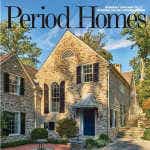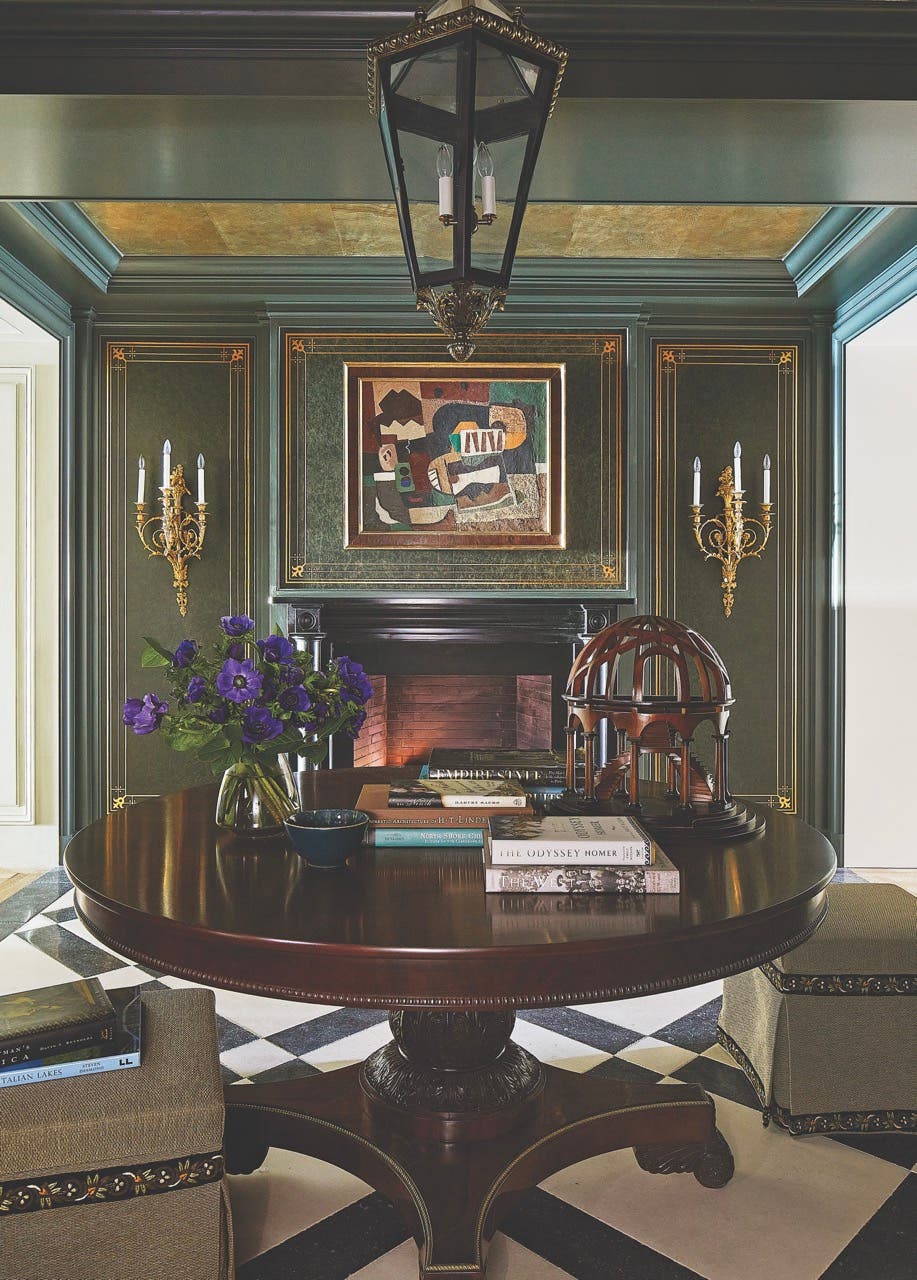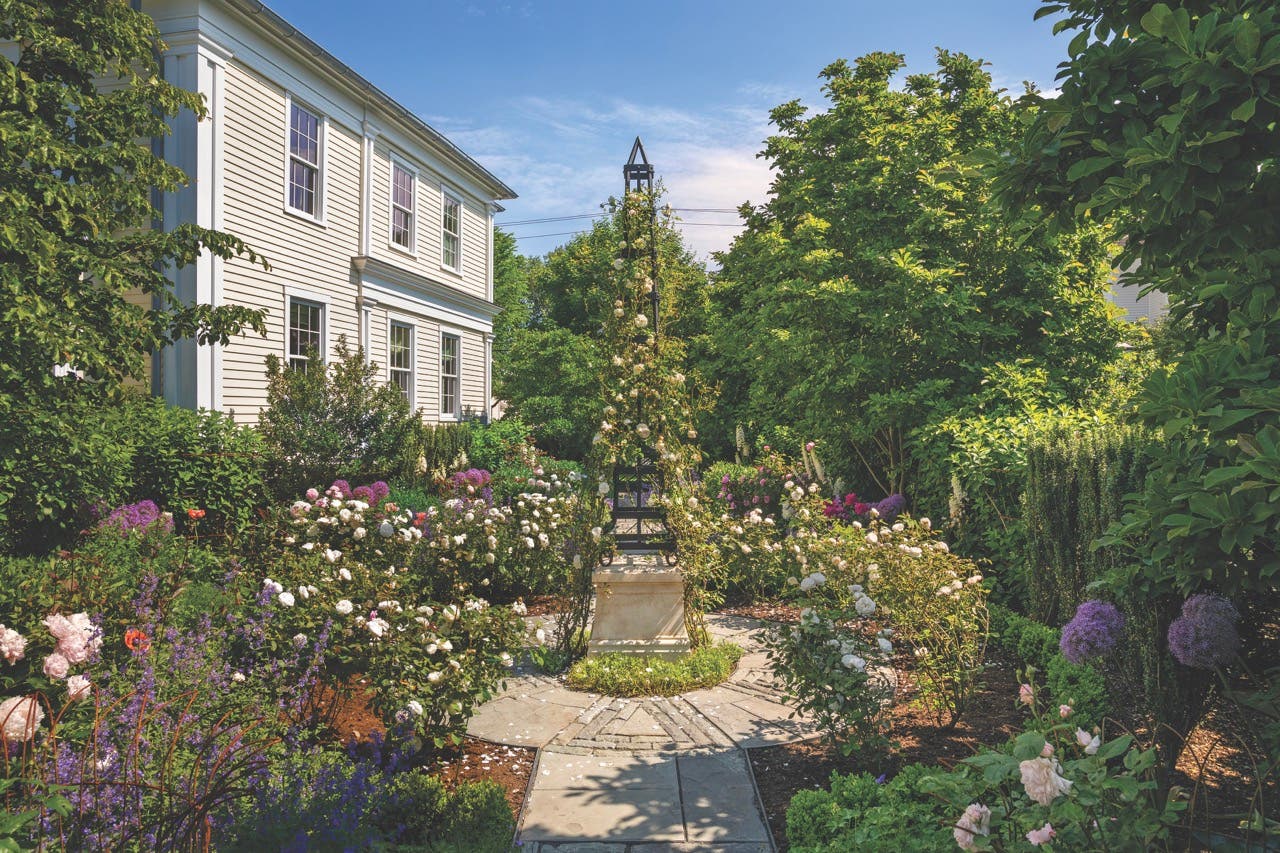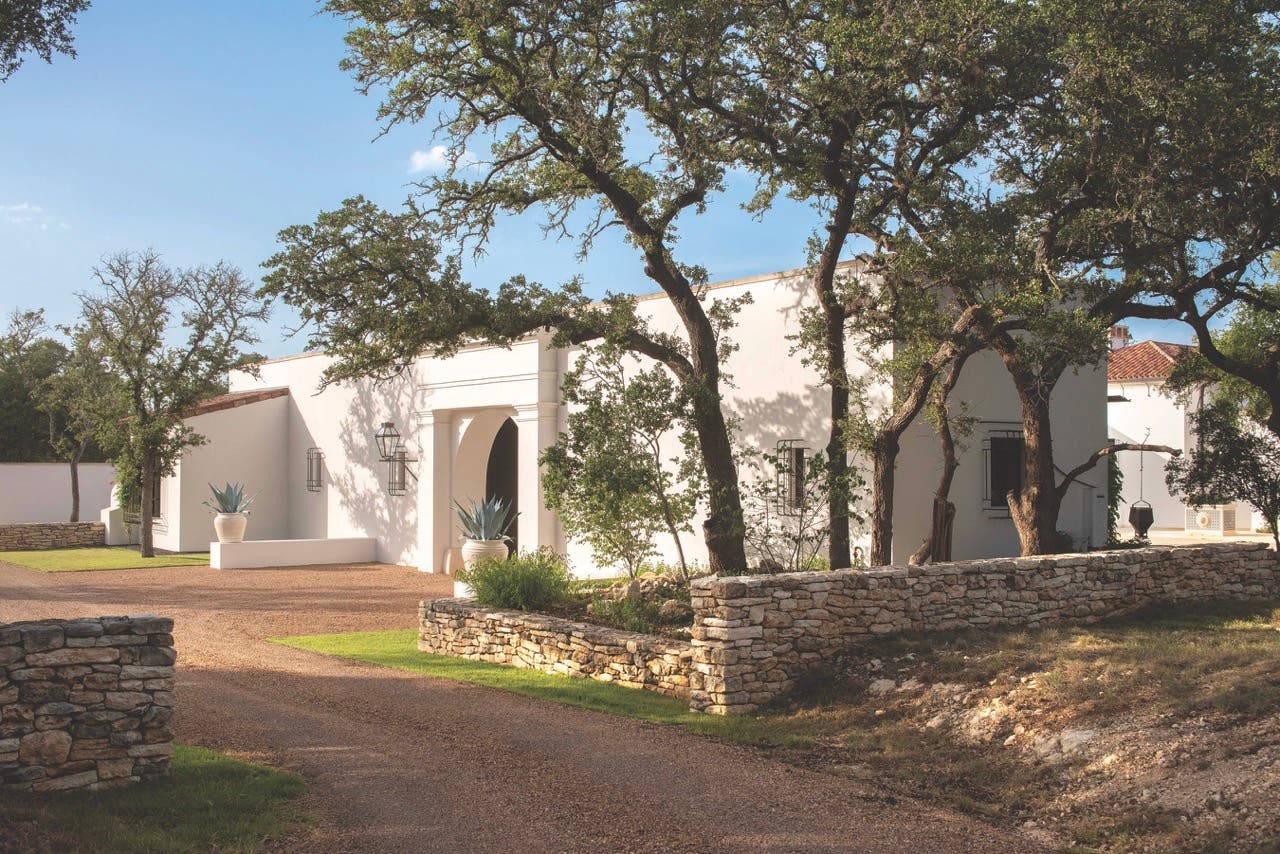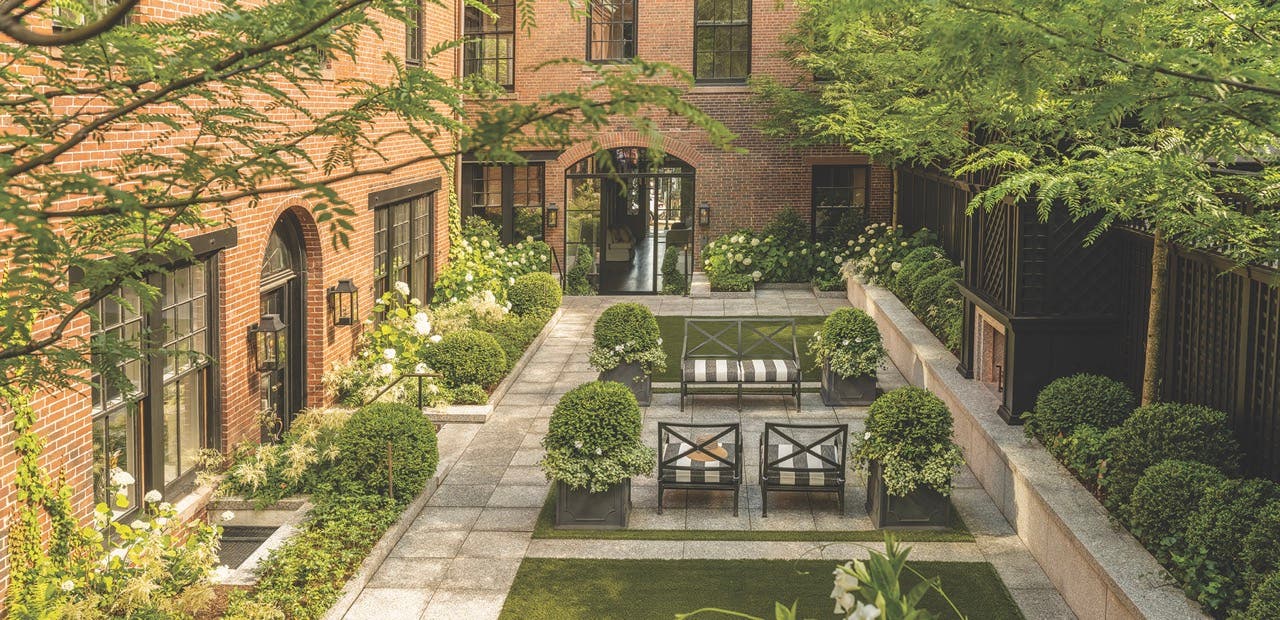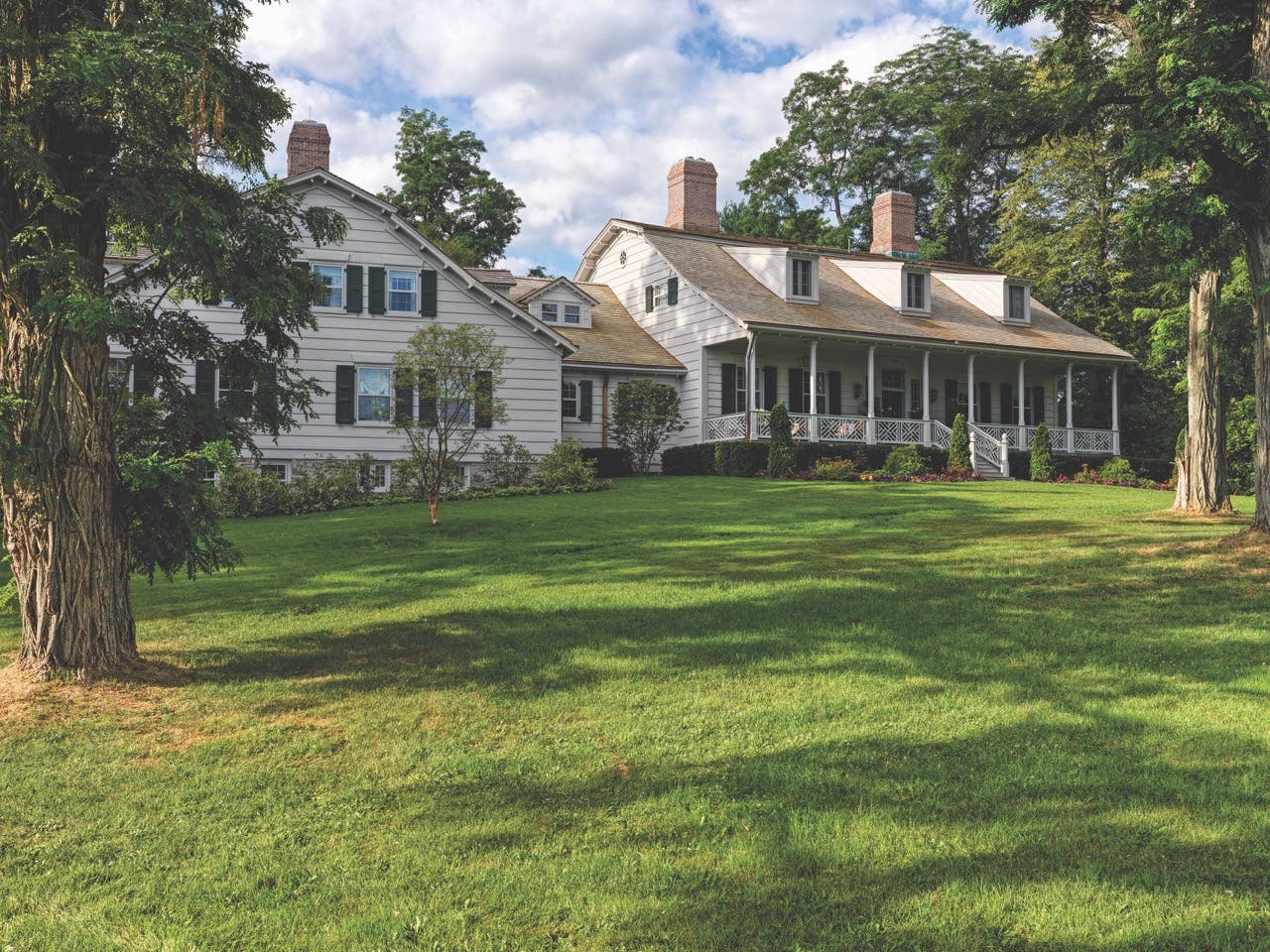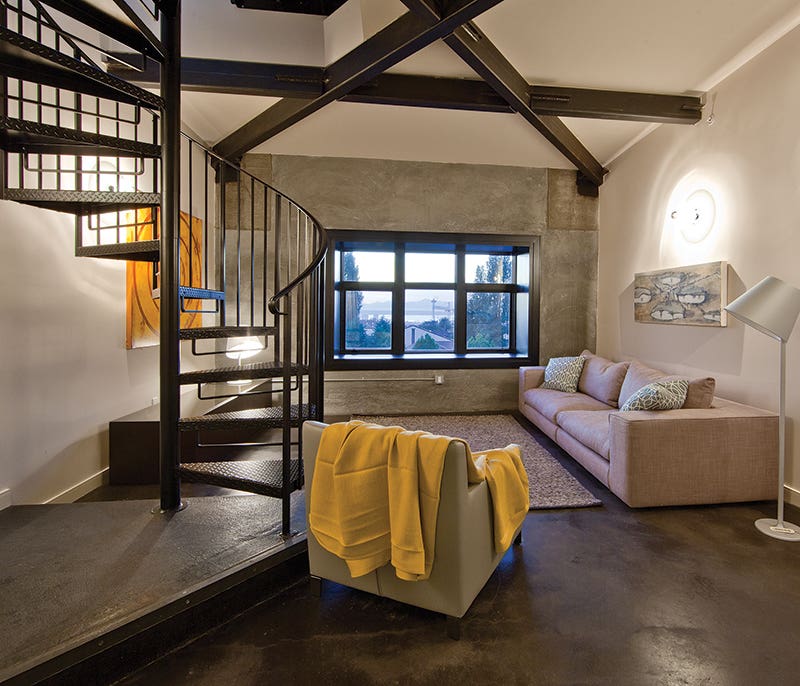
Palladio Awards
The Sanctuary: Adaptive Reuse Meets Historic Preservation
2013 PALLADIO AWARDS
Residential Multi-Unit
Winner: Runberg Architectural Group
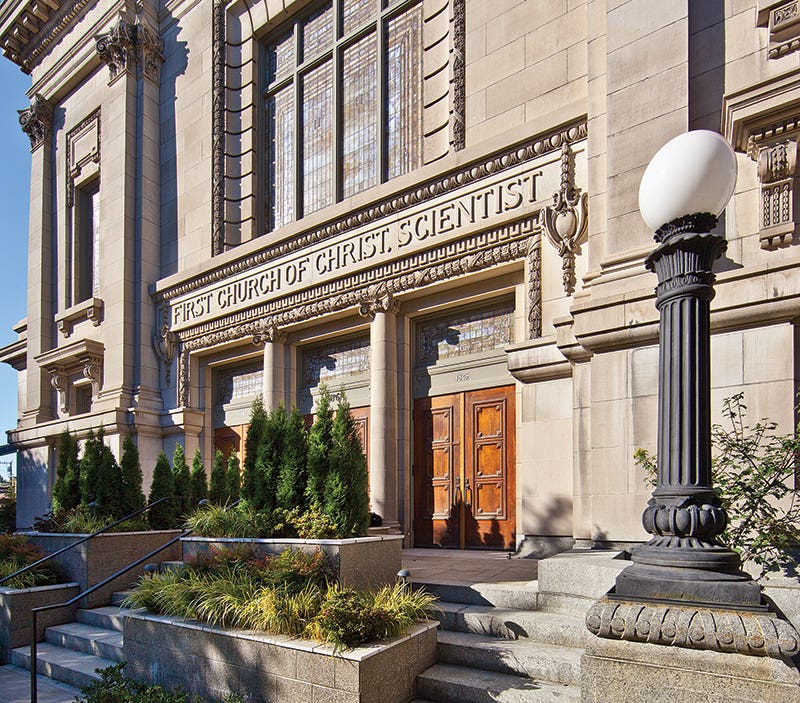
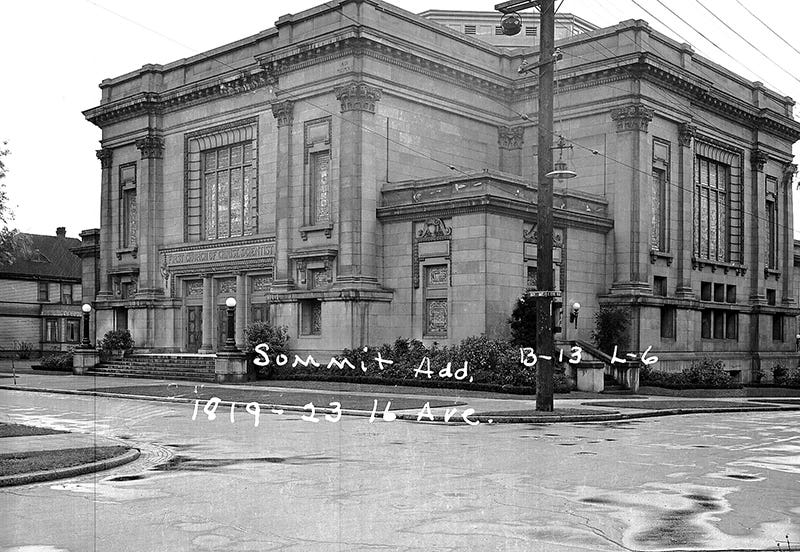
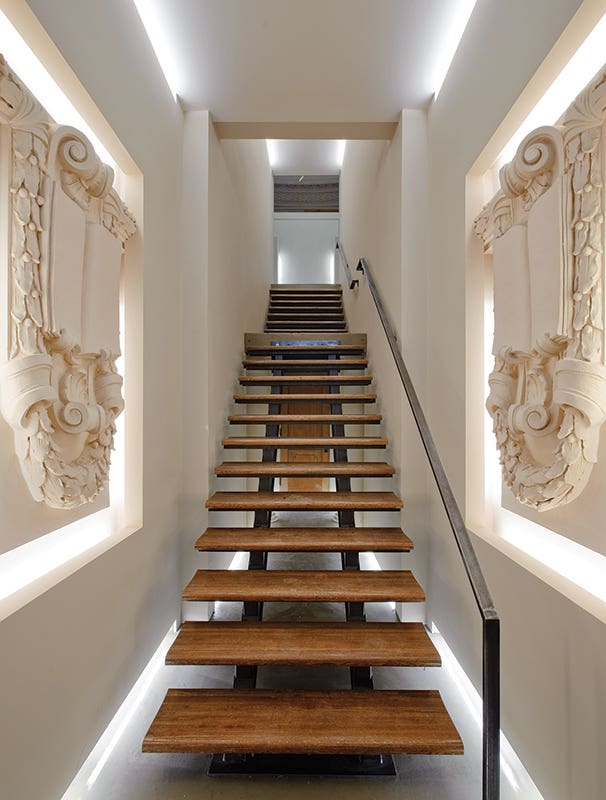
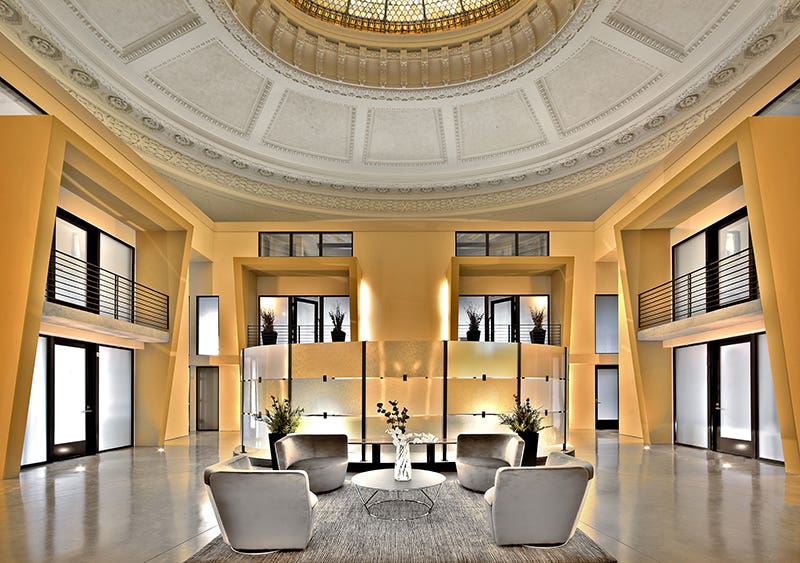
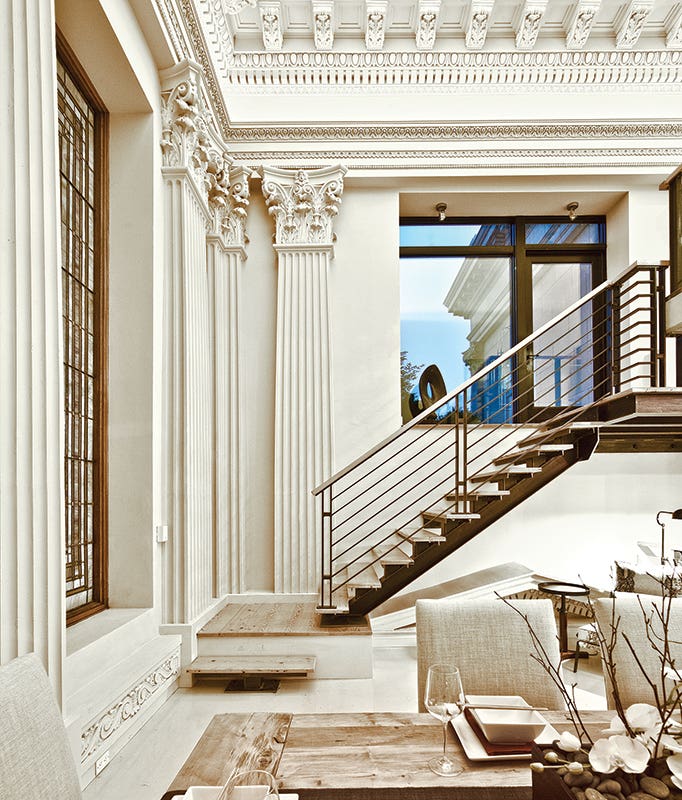
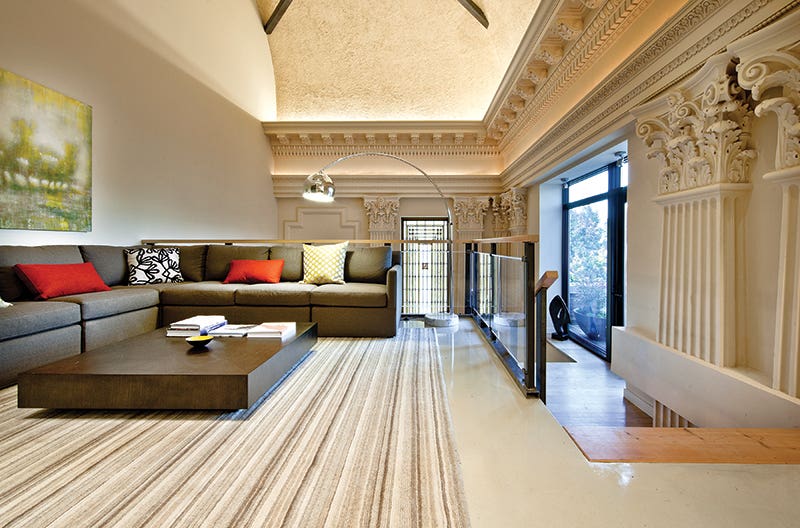

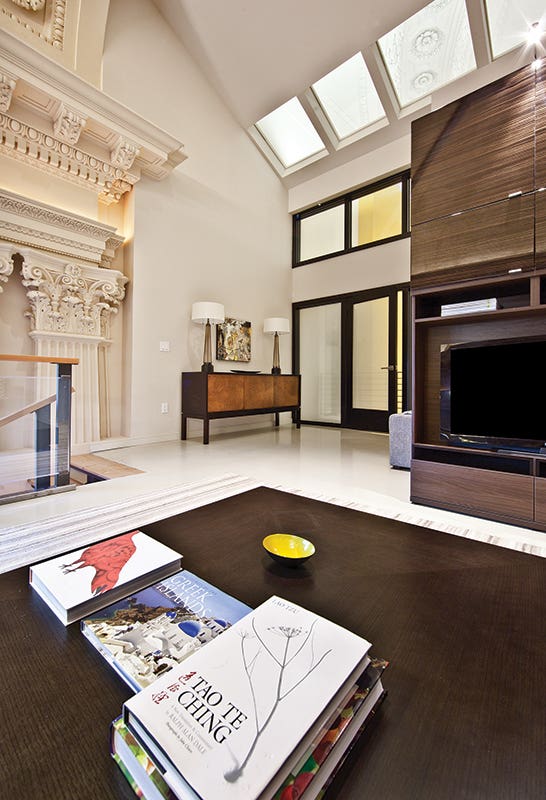
By Will Holloway
In the early-20th century, the architecture firm Bebb & Mendel designed a Classical Revival-inspired church in the Capitol Hill neighborhood of Seattle, WA. The First Church of Christ Scientist would function as a place of worship until 2006, when the church – which had been landmarked in 1977 – was sold. The process of transforming the structure into housing began in 2008, was delayed by the economic downturn, and began anew in 2010 under the direction of Seattle-based Runberg Architecture Group.
Project: The Sanctuary, Seattle, WA
Architect: Runberg Architecture Group, Seattle, WA; Brian Runberg, AIA, principal, Michele Wang, AIA, principal
Contractor:Belfor Construction, Seattle, WA
Interior Designer:Robin Chell Design, Seattle, WA
Landscape Architect:Cascade Design Collaborative, Seattle, WA
In business for over 14 years, Runberg has completed more than 10,000 housing units on the West Coast – mainly urban mixed-use, senior housing, assisted living, affordable housing, adaptive reuse and historic preservation projects. Along with the conviction that a high quality of life is achieved when economic, social and environmental interests are in balance, the firm also believes that adaptive-reuse and preservation projects can anchor communities. Such was the case with The Sanctuary, an adaptive reuse of a historic church.
Runberg’s goals for the project were clear: preserve the existing historic structure and create much-needed new housing in the densely populated neighborhood. “The sanctuary owes its beautiful patina to the timeless Bedford limestone and Concord granite that graces the exterior,” says principal, Brian Runberg, AIA. “The same Bedford limestone was used in the construction of many famous buildings of significance, including the Empire State Building, the Pentagon and the Washington National Cathedral.”
As in all historic preservation projects, Runberg notes that the challenge was to stay true to the historic structure while modernizing the building. The Sanctuary posed a few specific challenges because of its landmark status and the density of the neighborhood. To complete seismic upgrades, the un-reinforced masonry, historic structure was reinforced with concrete shear-wall interior corners with steel-brace frames tying the structure together. “Installing the concrete and steel required careful removal, protection and re-instillation of the historic plaster-work, and laser-like precision to install steel beams through the vaulted plaster ceiling,” says Runberg.
Because of the scarcity of parking in the densely populated Capitol Hill neighborhood, a 9,000-sq.ft. parking garage requiring careful excavation was constructed under the building. The space, completed without altering the historic structure, provides ample parking for residents.
Both the client and the local landmark preservation board required that the historic stained-glass windows and center dome be retained. Because the amount of natural light the windows allowed in was not ideal for residential usage, a custom sliding window system was developed. “The Sanctuary’s unmatched, century-old, stained-glass windows were modified in select homes using a sliding window system that allows natural light and fresh air in,” says Runberg, “while the stained-glass panels double as window treatments, with vision glass on the interior. The result is a hybrid of old and new, preserving the integrity of the building’s exterior façade while enhancing the livability of the interior.”
As modern codes require that the space beneath the stained-glass dome either remain free of people or feature a safety net to catch falling glass, Runberg’s design restricts walking underneath the dome while preserving the area as focal point of the transformed building.
Completed in early 2012, The Sanctuary now provides 12 modern residences ranging from 1,000 to 2,200 sq.ft. Many of the units feature rooftop terraces, which provide sweeping views of the city. While new glass, concrete and steel are clearly recent additions, the Seattle landmark retains its historic elements. Thousands of square feet of quartersawn oak pews were recycled and reused, and vertical-grain fir flooring, decorative plaster detailing, original elephant-hide doors, cabinets and light fixtures were preserved.
Along with Runberg and principal Michele Wang, AIA, the project was also made possible by three local companies: Belfor Construction; Robin Chell Design, which provided the interior design; and Cascade Design Collaborative, which provided the landscape design.
Having successfully preserved the landmark First Church of Christ Church while transforming it for modern residential use, Runberg Architecture Group has created an anchor building in the Capitol Hill neighborhood while balancing existing, historic features and new technologies and building practices. For that, the firm was recognized with a 2013 Palladio Award.

